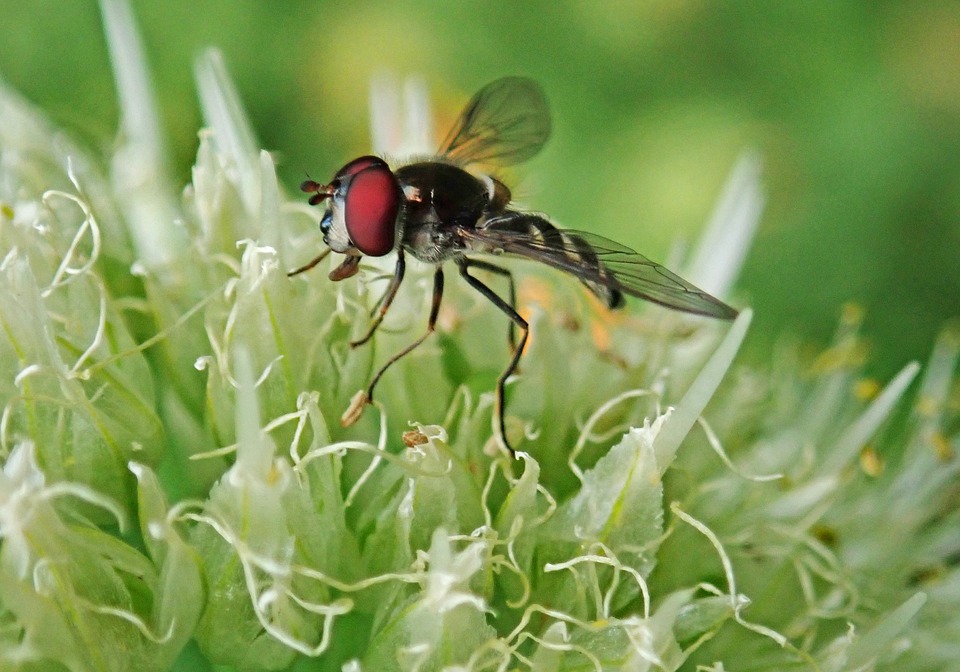This post is also available in:
 עברית (Hebrew)
עברית (Hebrew)
The US military is looking to expand its artificial intelligence operation, but it’s not intending to start it up from scratch. Instead, in a recent intriguing solicitation, the Defense Advanced Research Projects Agency (DARPA) asked for proposals to build A.I. based on insect brains. The program seeks to build A.I. that is smaller and more efficient than normal software. According to the solicitation, as reported by fbo.gov, DARPA is looking for strategies drawn from capabilities of very small flying insects, for whom evolutionary pressures have forced scale/size/energy reduction without loss of performance.
Unlike humans, insects operate almost entirely based on simple stimuli. According to popularmechanics.com, moths, for instance, are so programmed to navigate based on the direction of light that they occasionally navigate directly into lightbulbs. While these sorts of basic rules can sometimes backfire, they’re also incredibly simple and easy to implement, which is what makes them useful to the military.
This type of research was initially developed in the 1980s at MIT by roboticist Rodney Brooks, who developed a number of robots based on this principle. Perhaps the most successful was a robot named Herbert, who could autonomously move around the office and collect empty soda cans. Herbert’s greatest strength was that it required very little processing power or memory to operate. Instead of an internal map of the office and a complex set of sensors to navigate the environment, Herbert’s insect-like programming let it perform the same tasks more efficiently.
Herbert existed long before the advent of machine learning, but the same principles apply to modern A.I. Insect-like artificial intelligence which could be used to perform simple tasks cheaply.

























